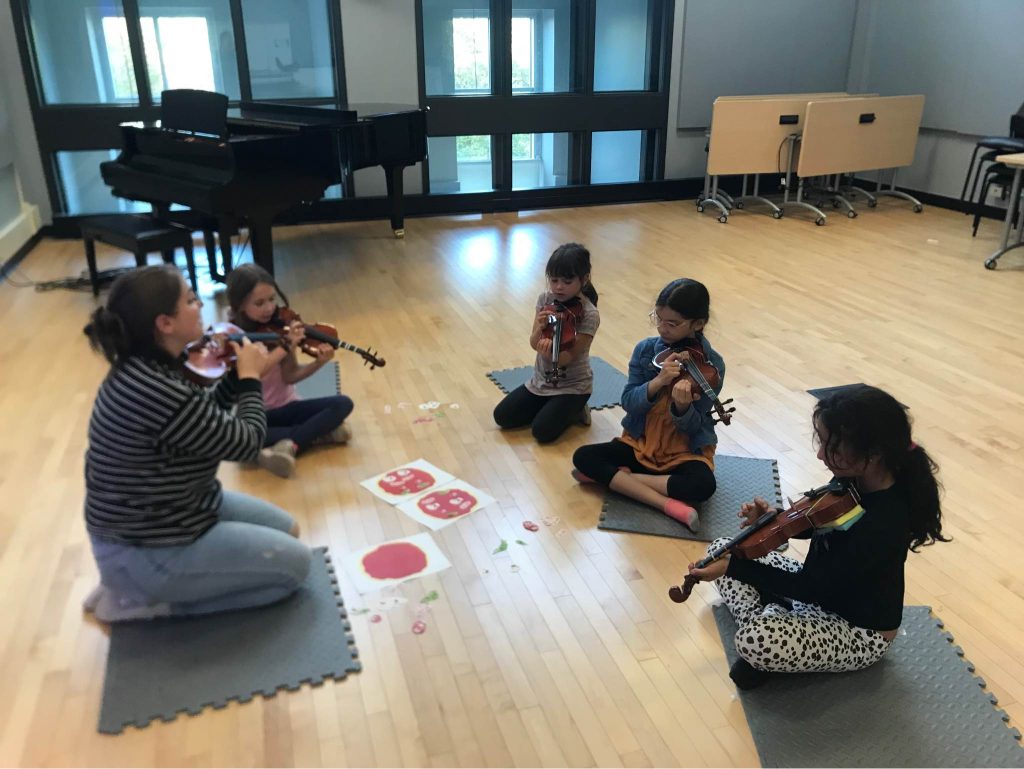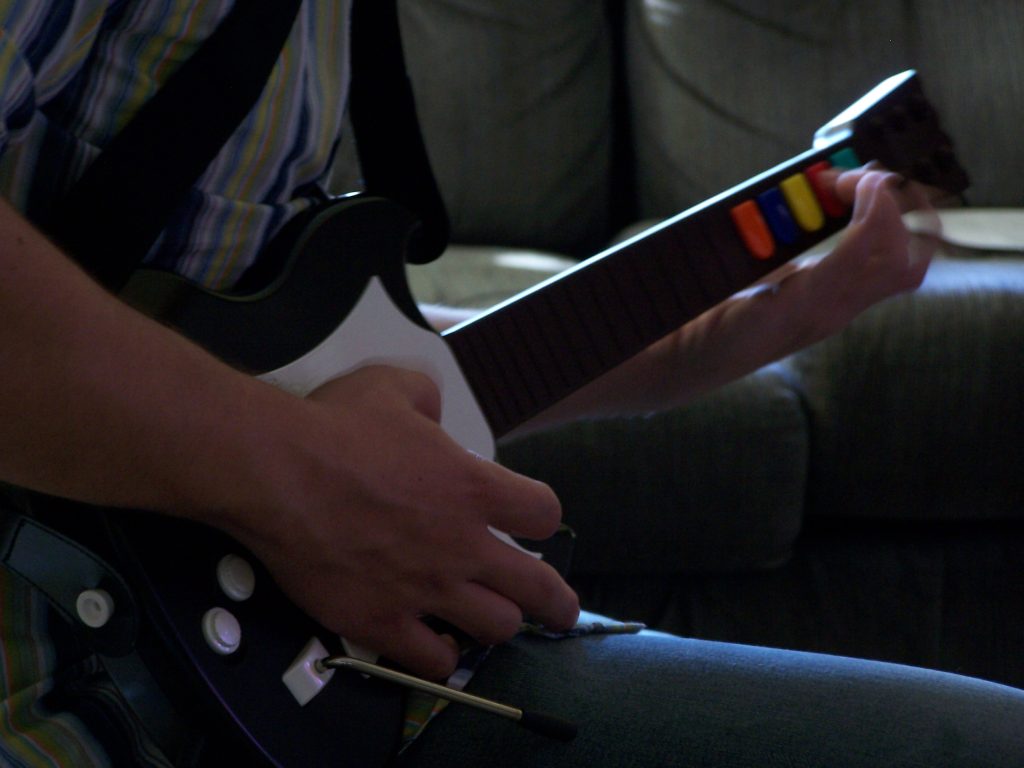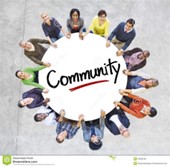The Power of Play in Reimagining Music Learning
- Sébastien Boucher, PhD Candidate in Education, University of Quebec in Montreal, Montreal, Canada
- Francis Dubé, Professor of Extracurricular Instrumental Pedagogy, Laval University, Quebec City, Canada
- Jean-Philippe Després, Professor of Instrumental Didactics, Laval University, Quebec City, Canada
Music learning is an adventure filled with obstacles and challenges, where the path laid out by traditional methods may not suit all young learners. Fortunately, an innovative approach is emerging to enhance the joy of learning music. This article explores how playful music learning can become a valuable ally in guiding, inspiring, and facilitating the acquisition of musical skills outside of the school context.
An Asset for Engagement and Motivation
Recent research has unveiled an innovative perspective: learning through play offers a rich experience that sparks learners’ enthusiasm. According to Zosh et al. (2017), play and activities that facilitate learning share five common characteristics:

- Joyful: Playful experiences generate positive emotions, such as surprise and a sense of accomplishment. This emotional state is conducive to learning;
- Meaningful: Play incorporates familiar elements from the players’ daily lives, thus establishing meaningful connections by exploring the unknown from what they already know, and fostering learning grounded in their reality;
- Actively engaging: Playful activities encourage autonomy and perseverance, which strengthens young individuals’ determination to learn;
- Iterative: Play encourages exploring multiple possibilities, testing hypotheses, and discovering new paths of learning, thereby establishing a cycle of trial and error in the learning process;
- Socially interactive: Promoting the sharing of ideas and communication, playful activities cultivate positive social interactions, a powerful tool for learning
In summary, play is much more than simple entertainment: it is an effective tool that facilitates learning at various levels. It channels joy into motivation, establishes connections with unknown subjects based on pre-existing knowledge, and immerses the young individual in a state where they forget the surrounding world during their learning activity. The challenges present in play encourage players to repeat, try, and persevere, which reinforces their learnings. Finally, playing with others offers a new perspective, encourages communication, and strengthens social skills. Play, far from being just a pastime, is crucial for young individuals’ development and learning.
Music and Play: A Winning Duo
Studies corroborate these benefits. Marsh’s work (2008) indeed shows that children naturally tend to share movements and games associated with music, thereby enhancing collaboration and cohesion within groups of friends. Campbell (2010) observes that youngsters naturally engage with music and spontaneously incorporate it into their daily play, notably through the creation of rhythms and melodies. This playful way of music-making allows them to express and share their imagination and creative energy, enriching their social and emotional lives.
Playing to Learn Music: A Bold Quebec Initiative

The University of Youth Music Play(ers) (UJM : “Université des jeux(nes) musiciens”) stands out with its innovative approach that integrates play into learning musical instruments. Its structure, which combines both school and living laboratory, relies on an educational method that melds analog and digital musical games, as well as playful activities based on game mechanisms, to introduce and educate young people in music.
The research results obtained by UJM are delightful. In fact, one of their studies gathered insights from sixty young musicians aged between 6 and 11 years (Dubé, 2023). Their verdict is clear:
- Satisfaction and perseverance: UJM’s approach significantly improves the young participants’ appreciation of the lessons and nourishes their desire to persevere in their musical learning;
- Well-being: The creative and playful aspects of the lessons contribute significantly to their well-being;
- Skill development: The youth report great satisfaction concerning their musical practice and notice positive changes in their relationship with music, stimulating their curiosity and fostering the development of new skills;
- Collaborative environment: Interactions within UJM’s youth group play a crucial role in their development. Students emphasize mutual aid in times of difficulty, the sharing of advice and ideas, and highlight a collaborative environment that encourages exploration, experimentation, and self-confidence.

Video Games: An Incredible Resource for Learning Music
Research exploring the educational potential of video games reveals considerable benefits for players’ musical development. Games such as Guitar Hero, High School Musical, and Rock Band have been linked to real musical advancements and a reinforced interest in music among teenagers (Cassidy and Paisley, 2013; Goble, 2009; Gower and McDowall, 2012; Peppler et al., 2011). These games also lessen the perception of failure while promoting a playful approach to musical learning (Gee, 2007; Tobias and O’Leary, 2017).
Other games like LittleBigPlanet 2, Sound Shapes, and The Lord of the Rings Online stimulate creativity by facilitating composition, orchestration, and the exploration of sonic universes (Cheng, 2014; Collins, 2014; Tobias and O’Leary, 2017).
In Conclusion: Music Harmonizes with Play
It is becoming increasingly apparent that play represents a promising approach to revitalize and diversify musical learning. Whether through video games, educational musical games, or playful learning activities, experts encourage exploring this captivating path for the enjoyment and fulfillment of music lovers of all ages. Here are some ideas to explore… for fun!
Advice from Our Experts
Learning a musical instrument can seem intimidating, especially after a disappointing past experience. However, learning through play can make this journey more enjoyable and exciting for both young and old. This method allows one to approach music playfully, fostering a positive relationship with this art form.
Why Does It Work?
This approach works because it emphasizes enjoyment and engagement. Having fun while learning fosters stronger motivation to persevere and progress. Play also allows one to explore music in a relaxed way, without the pressure of perfect performance. Instead of viewing music as something difficult, play lets one experience it as an exciting adventure. This viewpoint can rekindle natural curiosity and encourage exploring various facets of music.
By transforming learning into play, music ceases to be a chore. One starts to associate musical practice with pleasant and stimulating moments, thus creating a positive emotional connection with music that nourishes the desire to continue learning and exploring its many dimensions.
Additional Resources
L’université des jeux(nes) musiciens (UJM) :
Examples of musical games:
https://trello.com/b/xQ0PTZ0U/jeux-pertinent-de-recherche-05112019
https://www.musicmindgames.com
Some learning communities:

https://www.facebook.com/groups/52154066077
https://www.facebook.com/Musicplaycurriculum
https://www.youtube.com/c/Classplash
https://www.youtube.com/channel/UCyCu6dHLVmRyjj-aL6cqyww
https://www.youtube.com/c/MrNoé
https://www.youtube.com/c/MusicwithMrsGibb
References
Cassidy, G., & Paisley, A. (2013). Music-games: a case study of their impact. Research Studies in Music Education, 35(1), 119–138.
Campbell, P. (2010). Songs in their heads: Music and its meaning in children’s lives. Oxford University Press.
Cheng, W. (2014). Sound play: video games and the musical imagination. Oxford: Oxford University Press.
Collins, K. (2014). Breaking the fourth wall? User-generated sonic content in virtual worlds. In M. Grimshaw (Ed.), Oxford handbook of virtuality (pp. 351–363). New York: Oxford University Press.
Dubé, F. (octobre, 2023). Universidad de juegos(jovenes) musicos (UJM) : Apreder musica tocando. Keynote présenté à la XIV Latin American and Pan-American Conference ISME 2023, Santiago, Chili.
Gee, J. P. (2007). What video games have to teach us about learning and literacy. New York: Palgrave Macmillan.
Goble, J. S. (2009). Pragmatism, music’s import, and music teachers as change agents. In Music education for changing times (pp. 73-82). Springer Netherlands.
Gower, L., & McDowall, J. (2012). Interactive music video games and children’s musical development. British Journal of Music Education, 29(1), 91–105.
Marsh, K. (2008). The musical playground: Global tradition and change in children’s songs and games. OUP USA.
Peppler, K., Downton, M., Lindsay, E., & Hay, K. (2011). The nirvana effect: tapping video games to mediate music learning and interest. International Journal of Learning and Media, 3(1), 41–59. doi:10.1162/IJLM
Tobias, E. S., & O’Leary, J. (2017). Video games. In The Routledge Companion to Music, Technology, and Education (pp. 287-296). Routledge.
Zosh, J. M., Hopkins, E. J., Jensen, H., Liu, C., Neale, D., Hirsh-Pasek, K., Solis, S. L., & Whitebread, D. (2017). Learning through play: a review of the evidence (white paper). The LEGO Foundation, DK.


